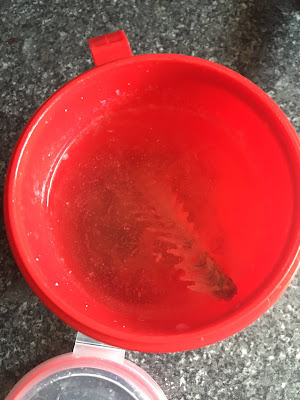Merry Xmas!

Teaching has finished, marking is done! Time to catch up with a last few bits and pieces before relaxing over the Xmas holidays. Looking at my calendar, my holiday time looks so short. In the second week of January I'm heading off to Belize for 2 weeks for a field training course , then it's straight back into teaching as soon as I get back. January also marks the beginning of my membership of the AHRC Peer Review College , and as part of this I will be undertaking training sometime in January. My new PhD student is also scheduled to start next month, though this may vary depending on how long the visa application process takes, and if our funding application is successful, I will also have a new postdoc joining the Wolfson Lab early in the new year. And the Wellcome Seed Award is scheduled to start in January too, which involves recruiting a new lab technician! It's all good though, I like being busy, and am one of those people who works better when I have several tasks t...
























